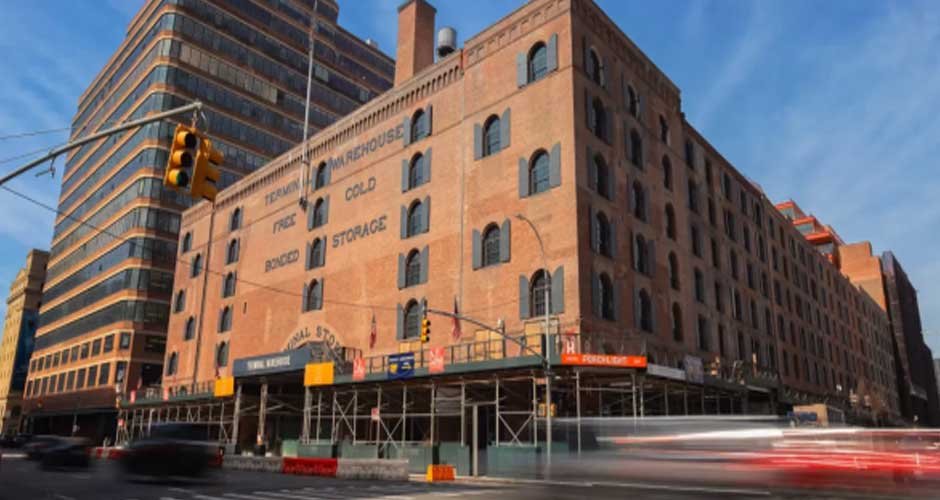Skip to the good bit
ToggleThink of a building foundation as the canvas you start with. Whether you’re planning a cozy home or a sky-high tower, everything depends on the foundation.
Just like ensuring a slate roof replacement won’t crumble over time, you must start from the very bottom when considering what holds your building upright.
Let’s explore what you need to consider to lay a solid foundation.
Know Your Soil: Every Project’s Starting Point
Soil often goes unnoticed, but it’s critical. It holds the weight of your building, so understanding it is crucial. There are different kinds of soil like sandy, silty, and clayey, each behaving differently under stress.
Conduct a soil test before you start building. This test, done by a geotechnical engineer, provides details about the soil’s load-bearing capacity, how it shrinks and swells, and its water retention properties.
For example, clay soil can move around as moisture levels change, causing potential issues if not properly addressed.
Moisture and Load Insights
Moisture levels in the soil tell you a lot about its stability. For areas with high water tables or where drainage is poor, you might need to elevate the foundation or use waterproof barriers.
The building’s weight also plays a role. Heavier structures usually need deeper foundations unless they’re built on solid rock.
Types of Foundations: What Works Best?
There are three main types of foundations:
- basement
- crawl space
- slab-on-grade
Each option has pros and cons. Deciding which is best depends on cost, lifestyle needs, and environmental conditions.
Basements provide extra living space but can be expensive if your area is prone to flooding.
Crawl spaces minimize moisture issues but need to be sealed off properly to prevent pests.
Slab-on-grade is a simple method of pouring concrete directly into the soil. However, good drainage is a must, as water pooling can cause cracks.
Budget and Material Choices
The materials you pick affect both initial costs and how well your foundation lasts. Concrete is popular for its strength, but options like reinforced steel or brick may suit certain regions better.
Look beyond initial costs. While cheaper materials might save money upfront, they could lead to higher expenses later if they fail. It’s better to choose durable materials from the start to avoid future problems.
Environmental Considerations: Nature’s Influence
Understanding your local climate is essential to preparing and choosing sustainable materials that reduce environmental impact. Neglecting environmental factors can lead to big problems later.
Talk to local experts who know about seasonal changes and geographical risks, especially in areas prone to harsh weather.
Seek Professional Guidance
Picking the right foundation involves several areas of expertise. It’s not something to wing on your own if you want the building to be successful. Professional advice brings technical and practical knowledge that aligns with your project’s needs.
Investing in expert guidance now can prevent future issues, leading to a structure that stands the test of time rather than one that falls apart due to poor decisions.







